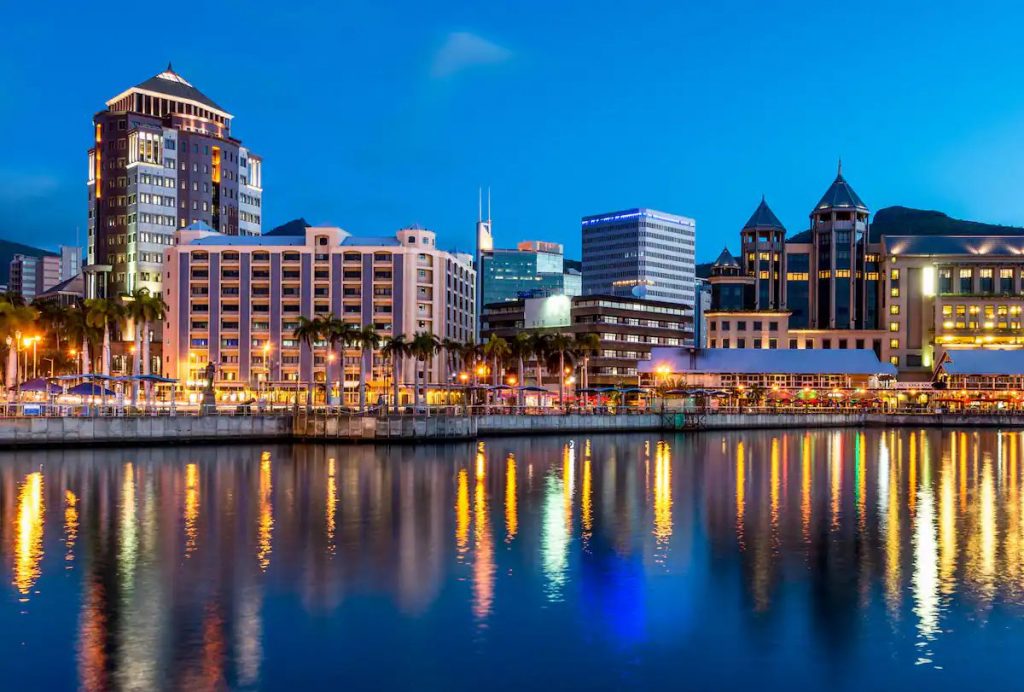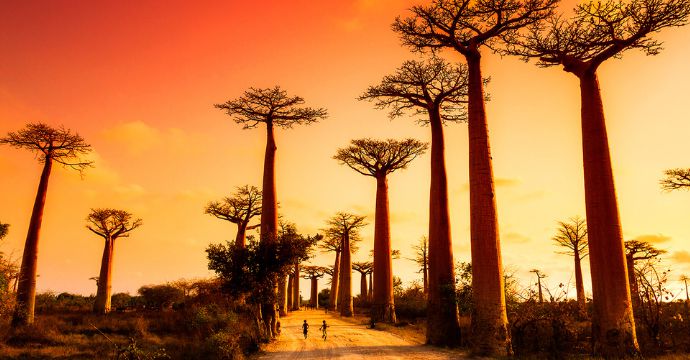Africa’s linguistic landscape is as vast and vibrant as its geographical expanse. With languages belonging primarily to two major families, Afroasiatic and Niger–Congo, alongside several smaller families like Nilo-Saharan and Austronesian, the continent boasts a linguistic heritage rich in diversity and complexity.

Exploring Afroasiatic and Its Branches
Afroasiatic languages, spanning North Africa, the Horn of Africa, Western Asia, and parts of the Sahel, constitute a significant linguistic group with around 375 languages spoken by over 400 million people. This family branches into Berber, Chadic, Cushitic, Omotic, Egyptian, and Semitic languages, with Arabic, Somali, Berber, Hausa, Amharic, and Oromo among its most spoken representatives. Notably, Afroasiatic holds the record for the longest written history among surviving language families.

Unraveling the Mysteries of Nilo-Saharan
The Nilo-Saharan language grouping, encompassing approximately one hundred diverse languages, presents an intriguing puzzle to linguists. While some shared morphological traits hint at a common ancestry, conclusive evidence remains elusive. Spread from the Nile Valley to northern Tanzania, Nigeria, and DR Congo, this family includes notable languages like Kanuri, Fur, and various Nilotic languages, characterized by tonality.

Delving into the Depths of Niger–Congo
The Niger–Congo language family, dominating West Africa and possibly the world in terms of linguistic diversity, showcases a remarkable noun class system and tonal characteristics. Notable languages within this family include Yoruba, Igbo, Akan, and Ewe, with the Bantu phylum comprising a significant branch. The Niger–Kordofanian proposal, linking Niger–Congo with Kordofanian languages, adds further complexity to the family’s taxonomy.

Beyond Borders: Other Linguistic Influences
Outside the African continent, several languages have left their mark. Malagasy, an Austronesian language, serves as the national language of Madagascar, tracing its roots back to Southeast Asia. Indo-European languages like Afrikaans, a derivative of Dutch, and English, French, Portuguese, and others, have gained prominence due to colonial legacies, shaping linguistic landscapes across the continent.

Africa’s linguistic kaleidoscope reflects its rich cultural tapestry, with each language representing a unique thread in the intricate fabric of its heritage. From Afroasiatic’s ancient legacy to Niger–Congo’s expansive diversity and the enigmatic Nilo-Saharan, Africa’s languages offer a gateway to understanding its people, history, and identity. Explore the linguistic wonders of Africa and embark on a journey through its linguistic tapestry, where every word tells a story of resilience, diversity, and unity.



